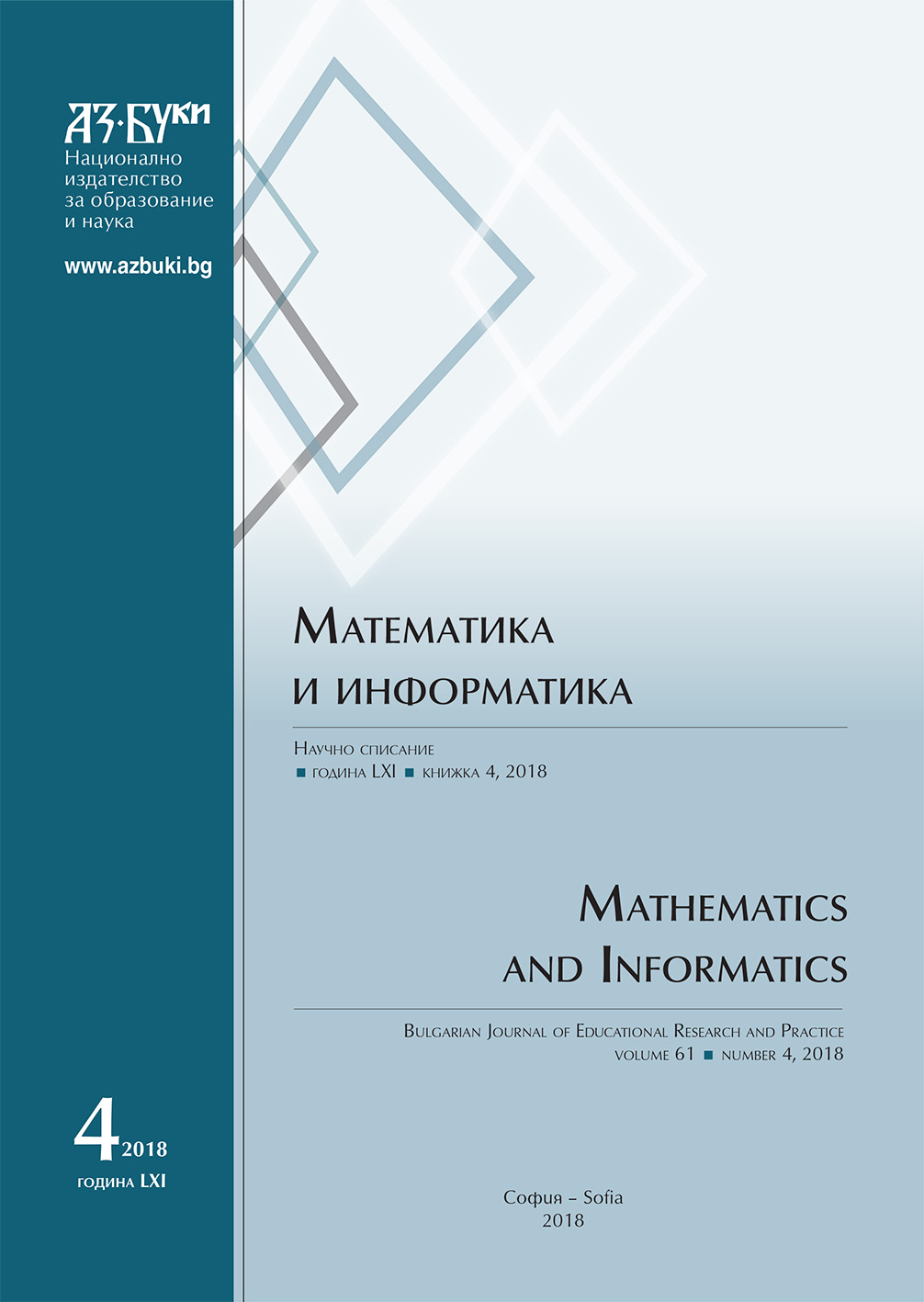
We kindly inform you that, as long as the subject affiliation of our 300.000+ articles is in progress, you might get unsufficient or no results on your third level or second level search. In this case, please broaden your search criteria.


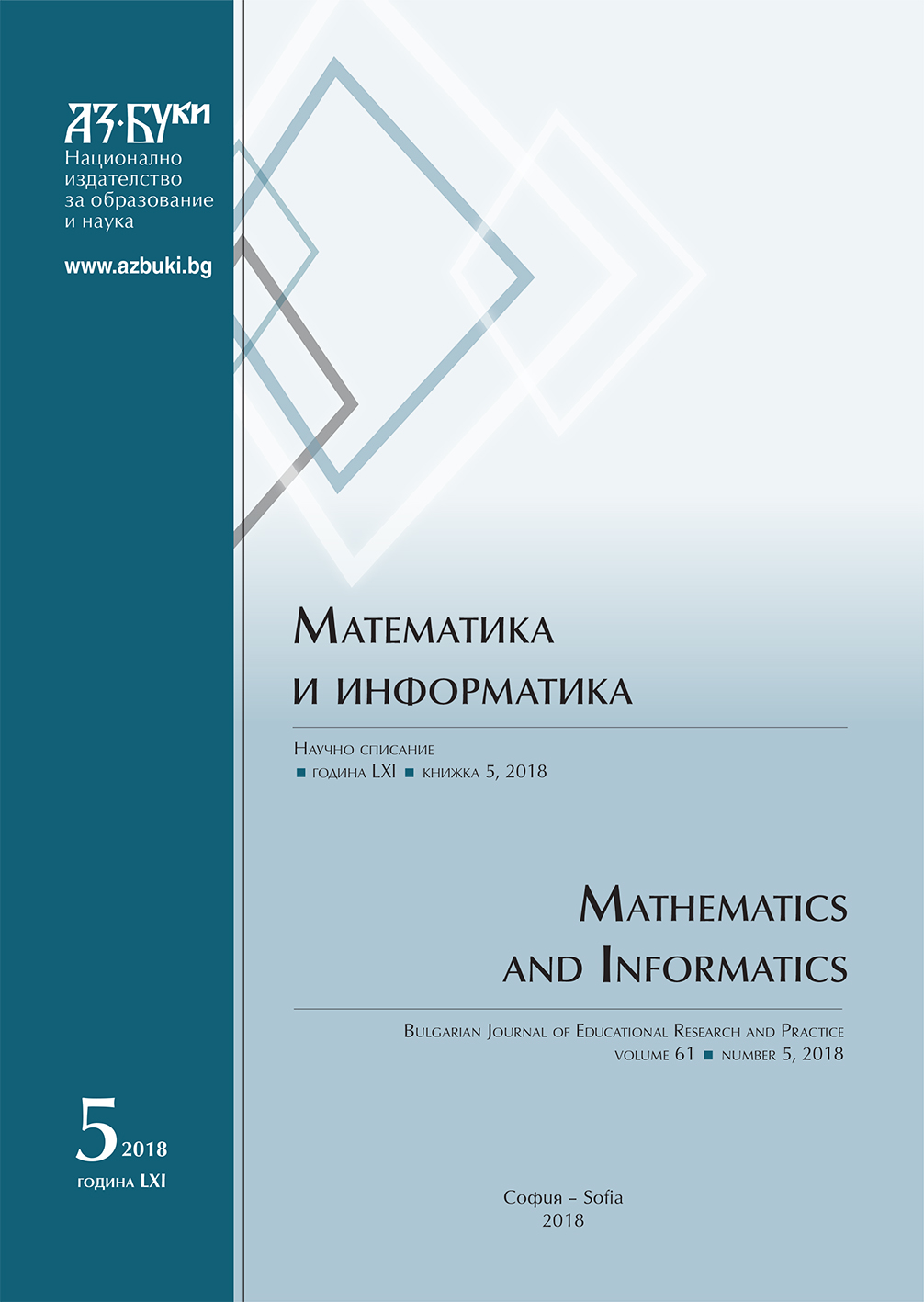
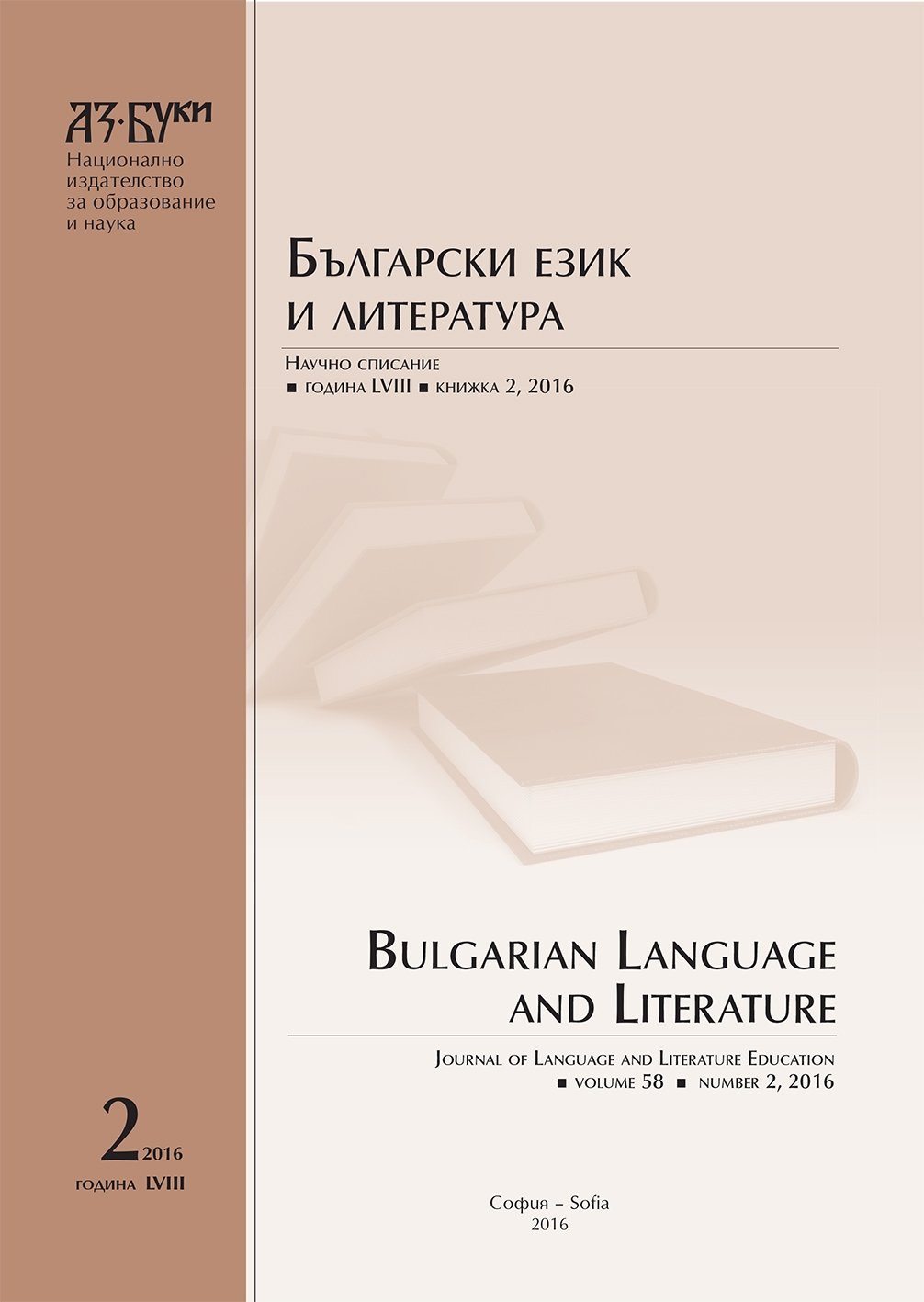
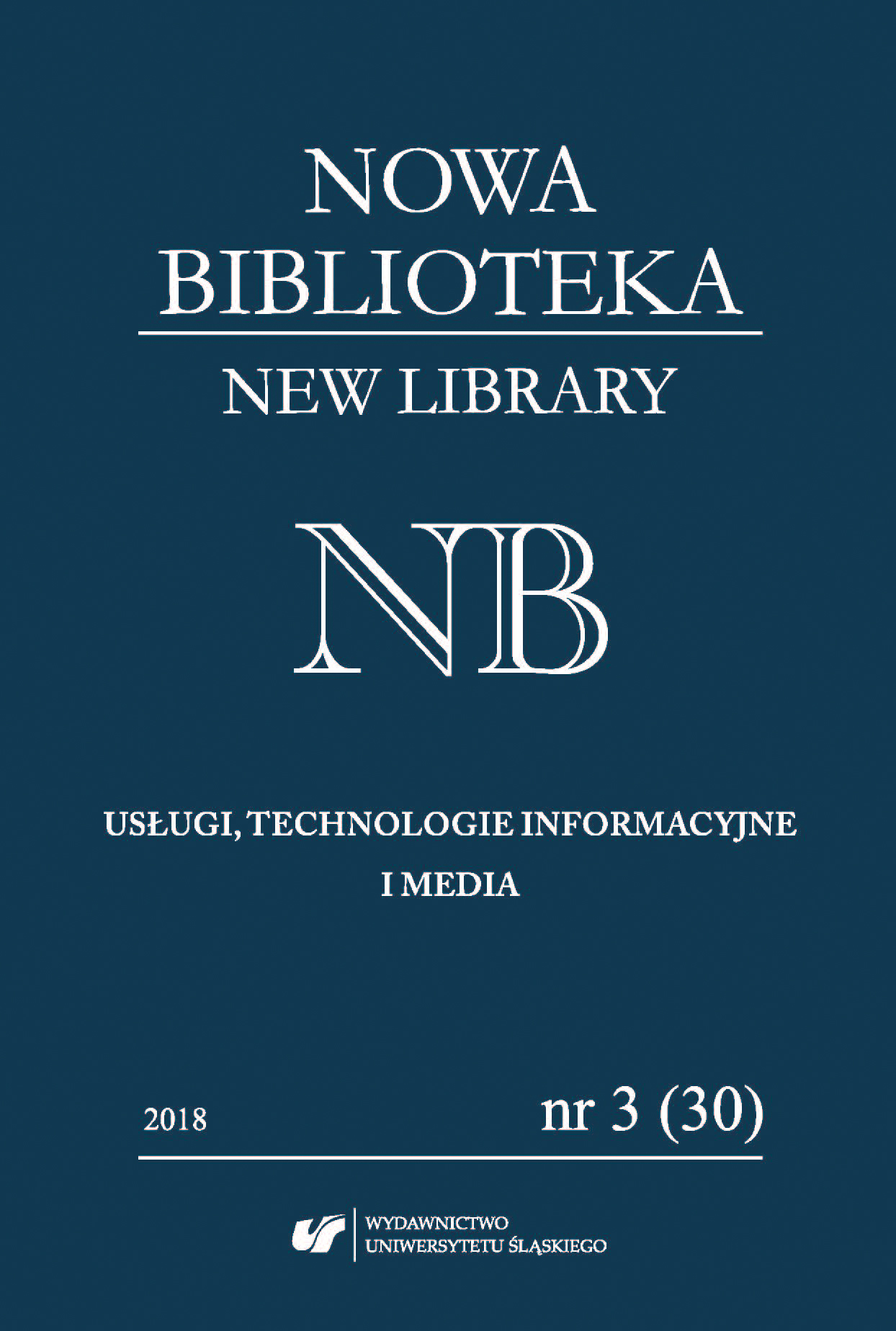
The purpose of the article is to present various forms of activities engaged by the “Biblioteka pod Atlantami” Powiat and Municipal Public Library in Wałbrzych which are oriented toward the cultivation of memory about a regional poet, Marian Jachimowicz. It presents the most important fact of the life of the translator and essayist, and enumerates the works and the accolades of the man of letters. It also describes the Memorial Room of the Poet Marian Jachimowicz, the primary and secondary bibliography of his works and the educational activities associated with this figure. Considerable attention was devoted to the celebration of the Year of Marian Jachimowicz.
More...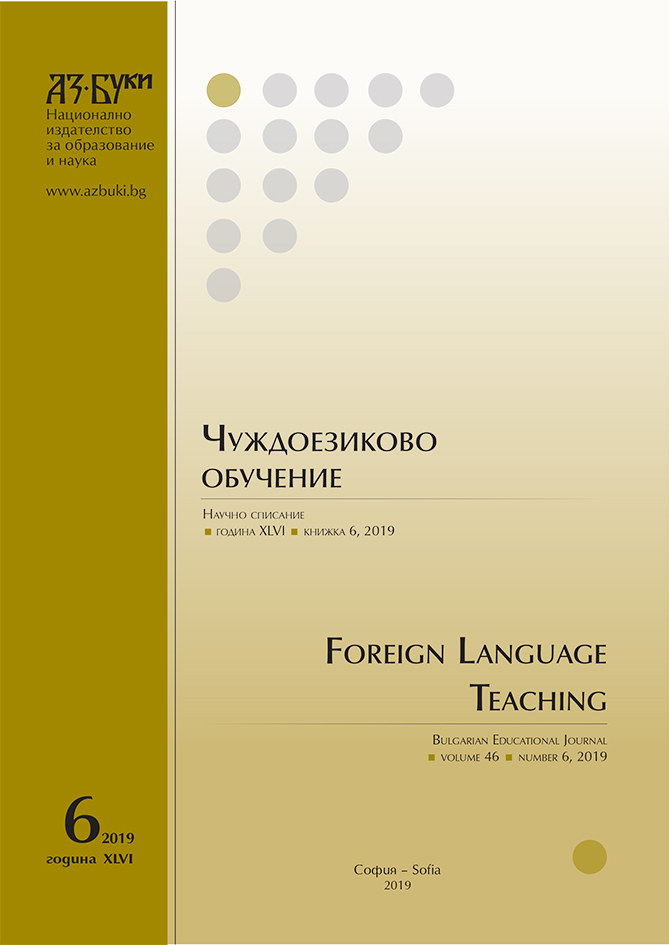
The text deals with the life and activities of Nestor Markov - one of the most famous Bulgarian enlighteners after the Liberation.
More...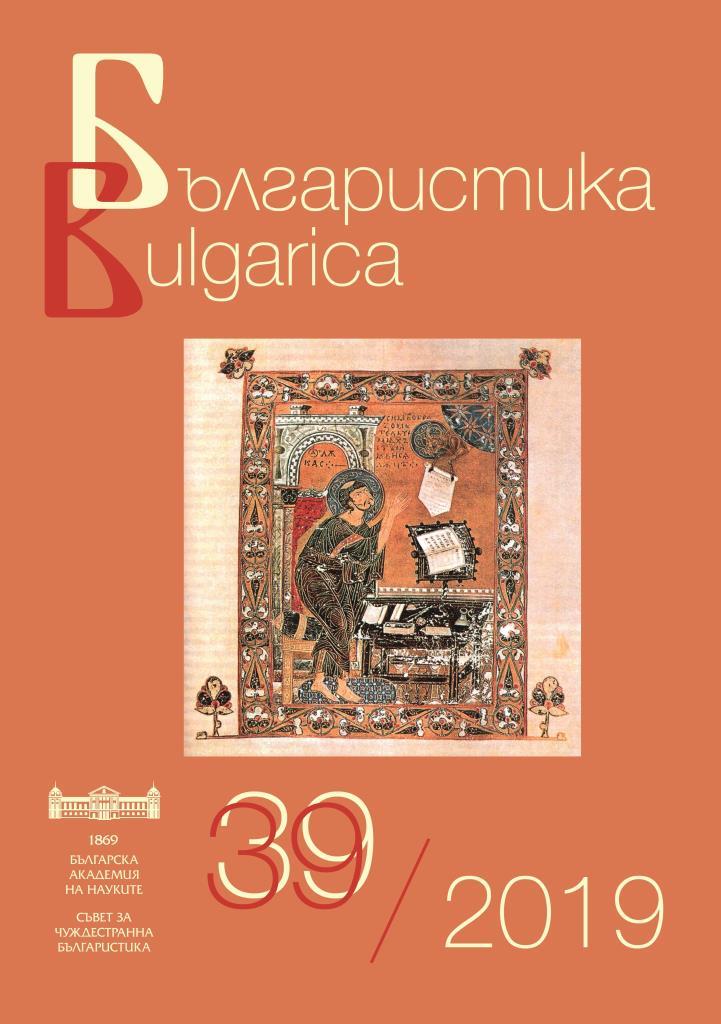
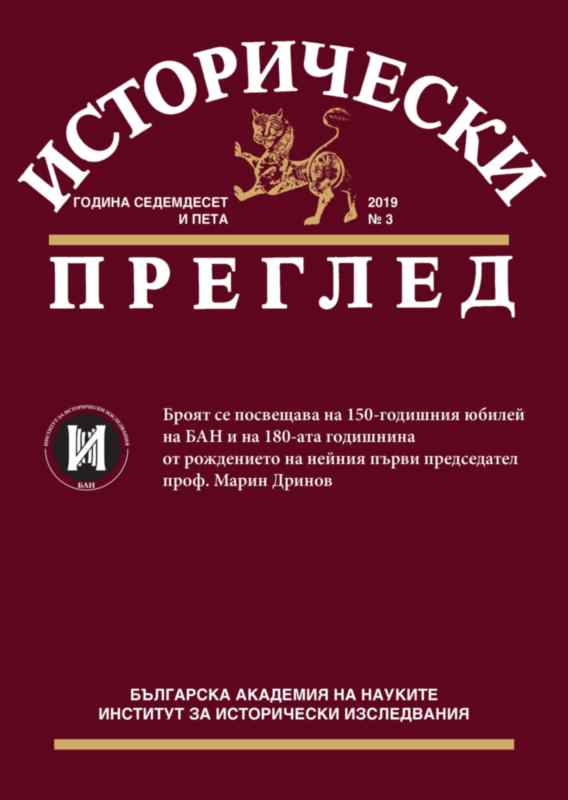
As a historical scholar, Professor Marin Drinov attached great importance to the auxiliary historical sciences and especially to paleography, which deals with written sources for medieval history. As a researcher throughout his life, he studied a vast amount of written documents. His desire was to encourage his contemporaries in Bulgaria to start collecting such sources from the Bulgarian lands. To this end, in the late 1870s, he compiled a short “Guide”, which published the magazine “Letostruy”, in which he gave brief guidelines on how to carry out this activity.
More...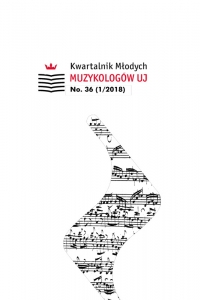
The history of the organs in the Cistercian Abbey in Kraków-Mogiła has not been studied so far. The article elaborates this topic based on the results of an archival query. Most of the sources are preserved in the Cistercian Archive in Mogiła. Examining them, the author discusses the history of instruments in the monastic church and in the former St Bartholomew church. On the basis of the sources, it was stated that at least in the 18th century the monastery church was equipped with two pipe organs. This fact has not been pointed out so far by researchers. The following article is supplemented by archival photographs.
More...
The Archive of St Joseph’s Convent in Kraków contains a collection of musical manuscripts, which have not been studied before. Among books of liturgical use, such as graduals and antiphonaries, there are also small cantionales, full of canto fratto repertoire. The majority of these sources originate from the Convent of Bernardine Nuns in Kraków; however, there are also at least two manuscripts from the Convent in Wilno. The aim of this paper is to present canto fratto repertoire of Benedicamus Domino found in the 18th and 19th century liturgical manuscripts from the Convent of Bernardine Nuns in Kraków. The author indicates sources of studied melodies based on the wide range of liturgical manuscripts from the 18th and 19th centuries—especially from convents of Bernardine Nuns in Poland, as well as from the Convent of Benedictine Friars in Staniątki—and compares it to the dispersal of canto fratto settings of ordinarium missae. Finally, the paper presents complete index of Benedicamus Domino melodies in the annex.
More...
Infant prodigies were a common phenomenon in the 19th century. They astonished the audience not only through their impressive abilities, but also the innocent beauty and the youthful grace. The perfect example of this is Apolinary Kątski (1826–1879), a violin virtuoso and a composer, known mainly as the founder of the Institute of Music in Warsaw, who, since he was three, was recognizable in concert halls all over Europe.According to the author, the early stage of the violinist’s activity requires more attention. The presented article sketches the path of young Apolinary’s life from the moment of his first performance in 1829 to May 1838, when he was granted with the famous recommendation of Niccolò Paganini. It introduced him to numerous concert halls of Europe and positively influenced his further artistic activity. The hereby presented paper makes an attempt to find out the date and place of birth of Kątski in the context of the rich musical activity of his family members. It also shows the first artistic tours of the young virtuoso against the background of his artistically talented siblings: a violinist Karol, pianists Stanisław and Antoni, and a singer Eugenia. The crucial moment are reflections on the stay of the family in Paris and their first performances in the musical centre of Europe as well as contacts of the young violinist with Niccolò Paganini.The studies on the correspondence of the father of the virtuoso, Grzegorz Kątski, and research on the foreign newspapers let the author reconstruct the life of Apolinary Kątski in the very first stage of his musical activity and place him in the context of infant prodigies of the 18th and 19th centuries.
More...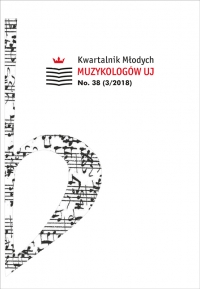
This article explores the newly discovered account books of the Lviv Uniate Musical Chapel of the Bishop Leon Szeptycki. The main stay of this musical chapel was the architectural complex of the Cathedral of St George in Lviv. Today, two account books are stored in the department of old books and manuscripts of the Andrey Sheptytsky National Museum in Lviv in the archives of the Lviv bishops; they cover the years 1760–1779. In the first two parts of the article, the author investigates the issues of the founding of the musical chapel and its place of activity. In the third part, there is a list of musicians who were members of this chapel over the years. In addition to the names and surnames, their positions, years of employment, musical instruments which they played and details of their biography are indicated. In the next part, there is a list of pupils of the chapel. It appears that the total number of pupils ranged from 2 to 14. Adult musicians and pupils played various instruments: harpsichord (“klawicymbaly”), clavichord (“klawikort”), organ, violin, alto, viola da gamba (“kwartviola”), cello (“basetla”), oboe, bassoon, trumpet and horn; there were singers as well. In the fifth part, the author specifies in what way the Lviv Uniate musical chapel was financed. In the next part, both the church and the secular musical repertoire of the musical chapel are described. In this section, also information from the Warsaw periodicals are used. In the seventh part, the collaboration of the Uniate music chapel with other chapels and monastic orders, Jesuits, Dominicans and Conventual Franciscans is explored. In the last part, the author examines the information about the human settlements that are found on the pages of the account books.
More...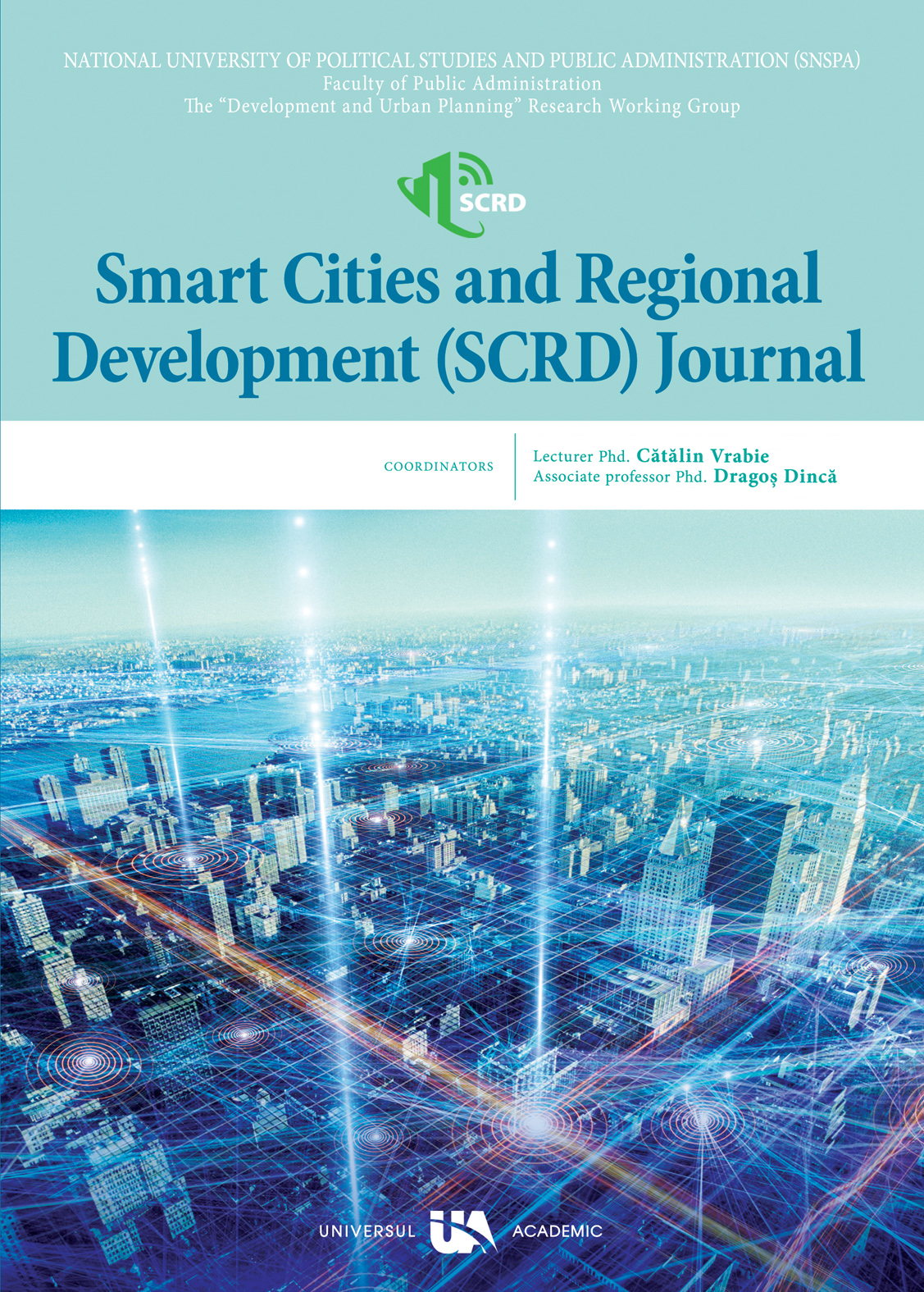
Today the security of a nation state is not only restricted to its borders and sovereignty but it also extends to protecting against new borderless risks and threats. Globalization and the growth of an interconnected global environment through the Internet have brought immense societal benefits but have also opened up new venues for attacks and threats from governments, criminals, terrorists, private companies, and individuals. The emergence of actors from different locations, with different motives and the desire to challenge the rule of law and international order who can employ readily available tools and operate in a global cyber environment makes it incredibly challenging for nation states to successfully employ protective measures.In this article will be drawn a clear picture of the current situation of the cyber ecosystem in Republic of Albania. Then will be reviewed the investment of the private and public sector in the field of cyber security. At the end will be given recommandations stated in the Value section below.Prior work In January 2017, was approved the law on Cyber Security and bylaws on Critical and Important Information Infrastructures. Since Albania is non-EU member state, the NIS Directive is not fully transposed in the law, but there is a good will between actors to improve the current cyber security situation.Approach In order to capture the evidences in this article are used the methods of observation and case study of different information systems in Albania. Moreover, in order to analyze benefits of increasing the investment on cyber security, different cases from the region and Europe will be shown.Results As information technology is developing rapidly, it is necessary to apply innovative, simple and secure methods, and increase investments in the cyber security field. In this article will be shown the real statistics of how the sectors have invests after the approval of the legal framework in Albania..Implications This article contains implications for the groups of academics, who can use the statics and case studies in order to improve and update their lectures; for researchers who can take to another level the recommendations and for the practitioners who can update their knowledge on cyber security field in Albania.Value This article gives recommandations for building a high protected information system or mechanism for raising the level of security of the information systems. It also contains guidelines for public administration and private sector for building resilience in cyber security ecosystem in Albania.
More...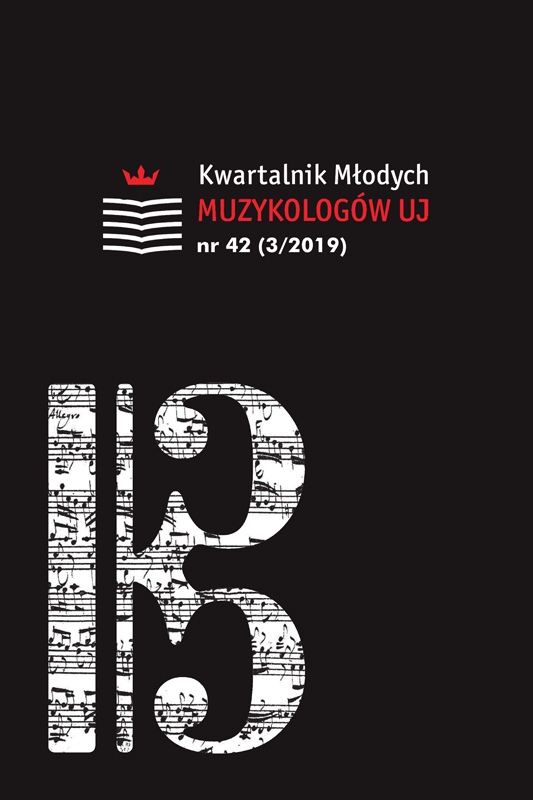
In the article, the author investigates 24 musical manuscripts belonging to former Miners’ Orchestra of Wałbrzych (Waldenburger Bergkapelle), which used the sources for concerts of the orchestra. The analysed manuscripts have not yet been researched or catalogued in RISM (Répertoire International des Sources Musicales) database before. The ensemble’s repertoire was analysed and the collection’s characteristics, including copyists, watermarks and stamps, were examined. It allowed to assess the provenience of the manuscripts and make certain remarks about the type of repertoire played by Waldenburger Bergkapelle. The results of the analysis were presented in the context that can be found in secondary sources, widely describing the activity of the orchestra. The author also carried on cataloguing in Warsaw University Library, creating the catalogue in the Muscat RISM system. Considering the numbers on shelfmarks, it can be assumed that the original collection contained circa one hundred of musical sources. However, only a small part of them is known and catalogued. Therefore, the knowledge of the collection remains incomplete and is worth further investigation.
More...
Edward Mąkosza (born on 13th November 1886 in Lisków, died on 25th April 1973 in Częstochowa) was a Polish composer, pedagogue, conductor, organist and ethnomusicologist. He was the main organiser of the musical life in Częstochowa. He is an author of circa 1000 compositions. He received numerous commendations and was a hero of the Jasna Góra Monastery. The article, presenting Edward Mąkosz’s biography, is to serve as an intro-duction to the comprehensive study of his work. The subsequent periods of his life (childhood, youth, professional work until World War II, professional work after World War II) are discussed. Then, we focus on the composer’s broadly understood activity: social, pedagogical and artistic undertakings. The article aims to show the professor’s entire life.
More...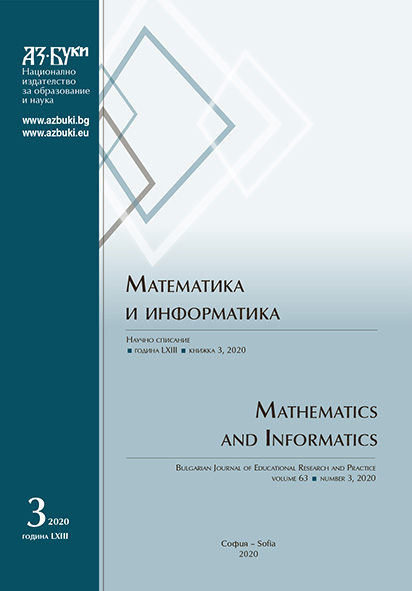
The inquiry examination aims at establishing whether teachers in Technologies and entrepreneurship in 5th grade respect the order of the sections and topics as scheduled in the course syllabus or change it according to the realization of integrative links with Mathematics and other school subjects.
More...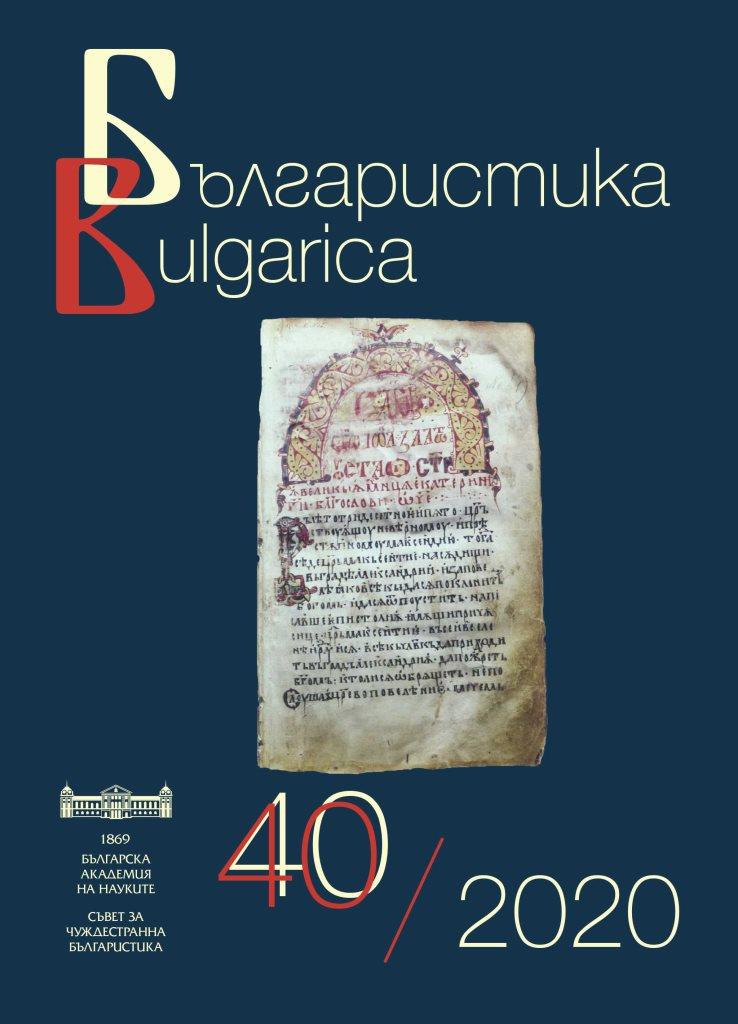

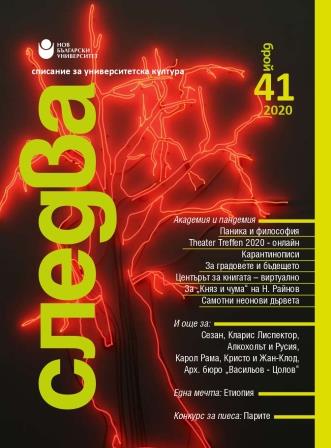
The text presents the digital activities of the New Bulgarian University (NBU) Center for the Book during the time of pandemic, declared state of emergency and the closure of the university. The publication covers the work of the Publishing House, the Library, the University Archives and the Readers’ Club. In the period of isolation, the NBU Publishing House published new books in various fields and presented them via Facebook due to the impossibility to hold live meetings in the bookstore of the Center. During this period, the NBU Library (which is a combination of traditional and electronic resources and services) supported online learning through remote services. The University Archive presented virtually the personal archives of Prof. Milcho Leviev and Prof. Miroslav Yanakiev. The NBU Readers’ Club maintained its interest in reading by publishing video reviews of books selected before the pandemic, as Arthur Haley’s Airport, Svetlana Aleksievich’s Chernobyl Prayer, and Olga Tokarchuk’s Flights.
More...
National movements mobilize the masses in order to achieve national independence. For the final formation of the national community however one needs state institutions having at their disposal the respective means of power (institutions). Besides the school, media, military service and so on, another important means is the national museum which visualizes and praises the nation. The new coalition government of the recently established Belgian federal unit lenders, led by the Flemish nationalistic party, decided to use these means in order to turn the indifferent Belgians in Flanders into conscious Flemish patriots. With this purpose, it intends to found “Museum of Flanders” which according to the general expectations would present the history of Flanders in anti-Belgian light, legitimating the Flemish movement for independence. Obviously, the museum will present individuals and events that are part of the Flemish canon – another idea of the newFlemish government – which is yet to be constructed and studied by all students and immigrants. These plans meet the opposition not only of those Flemings who easily combines flemish and Belgian identity but also of the majority of historians who cannot agree with the outworn, romantic and jingoistic approach towards history.
More...